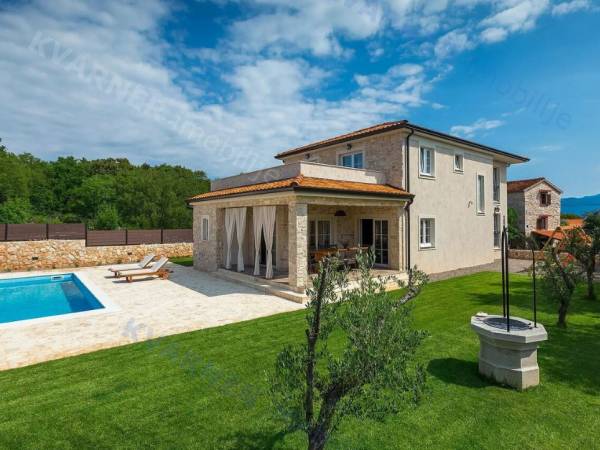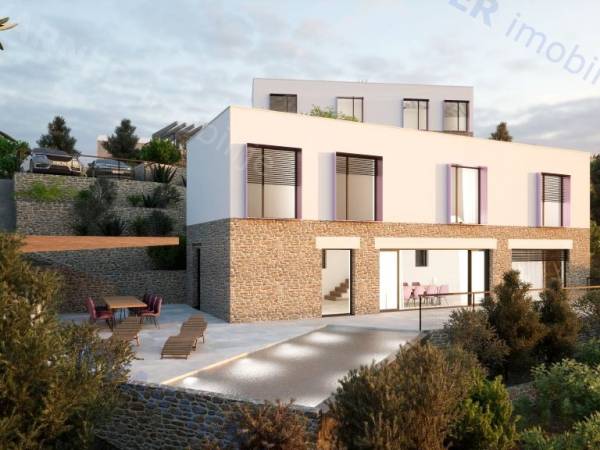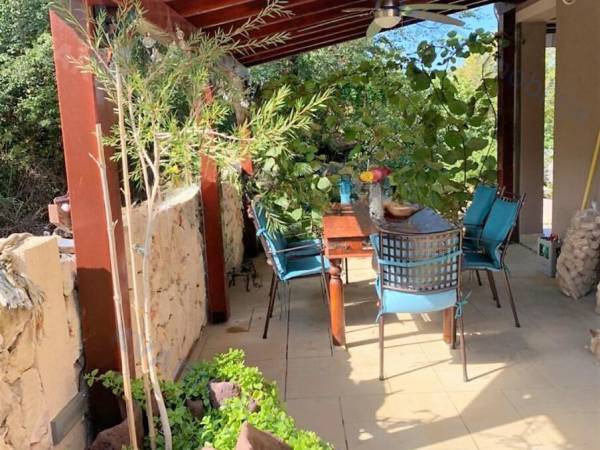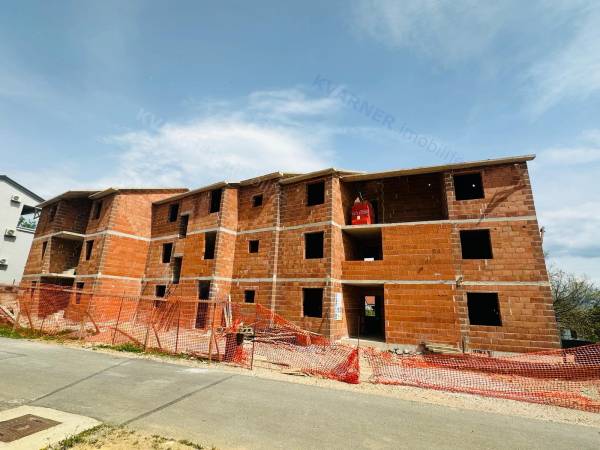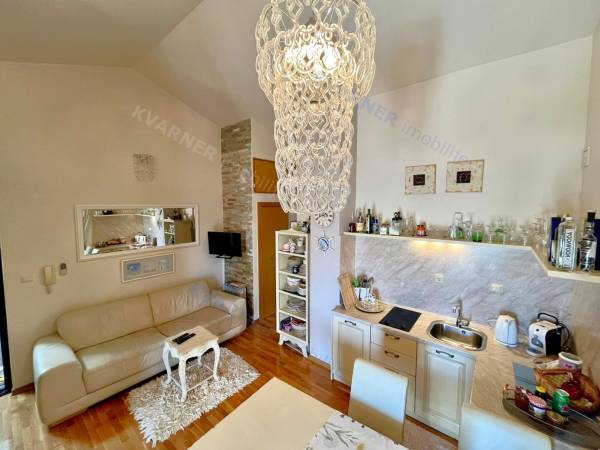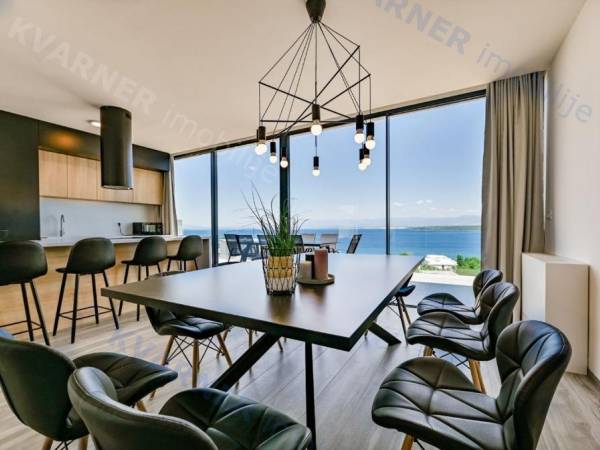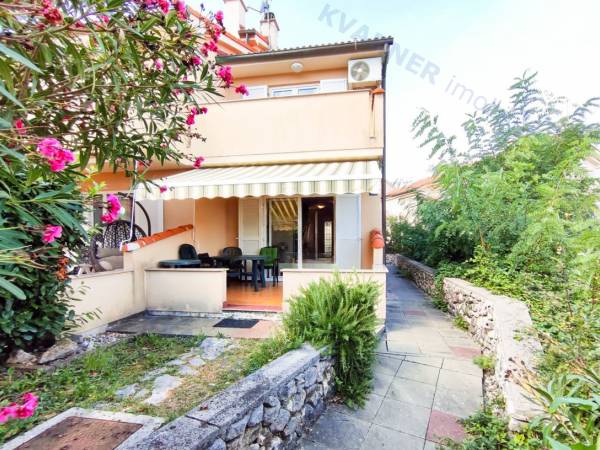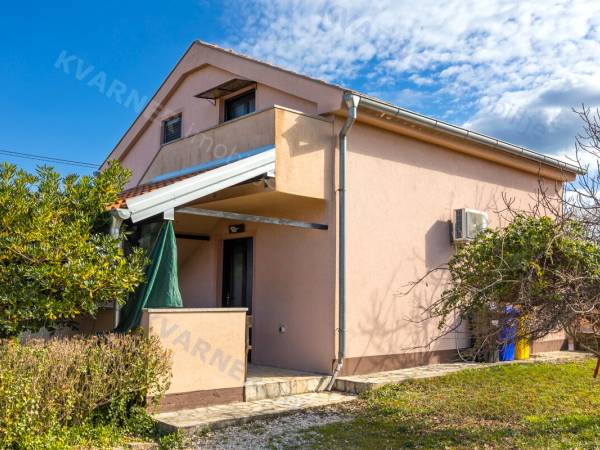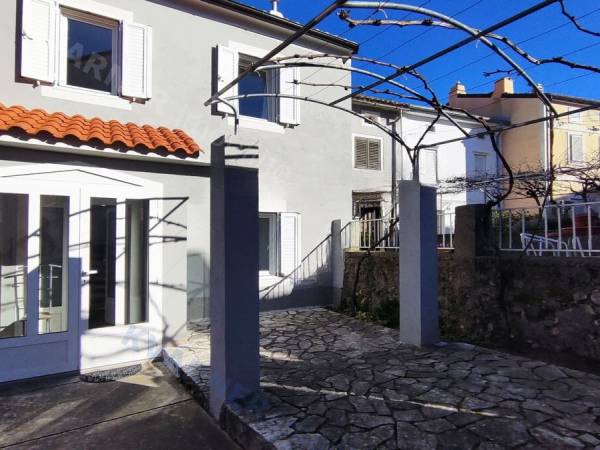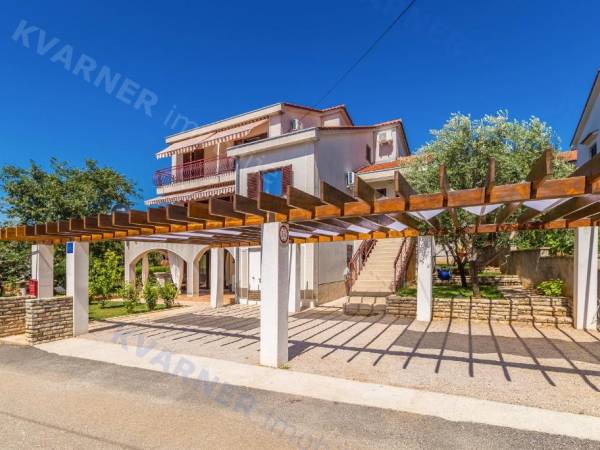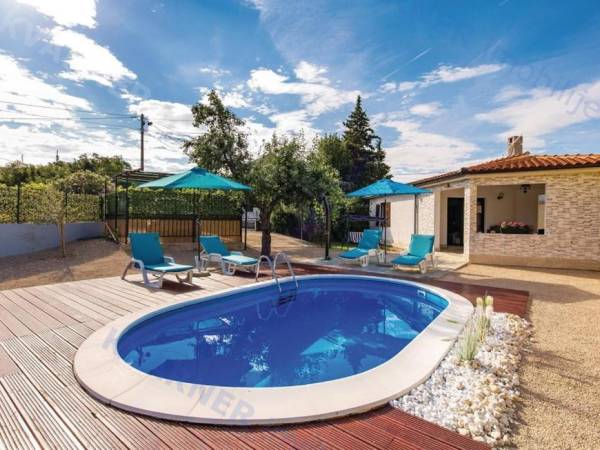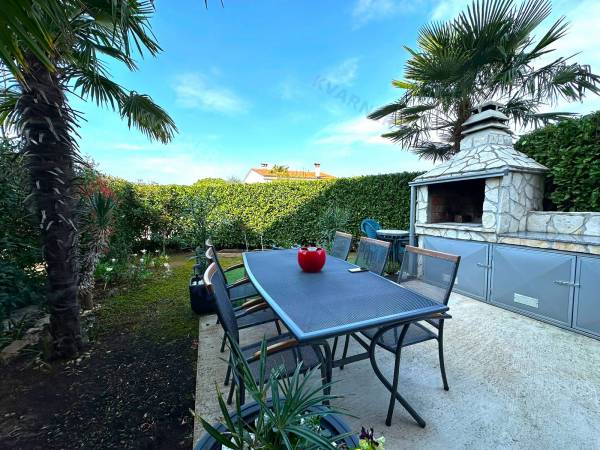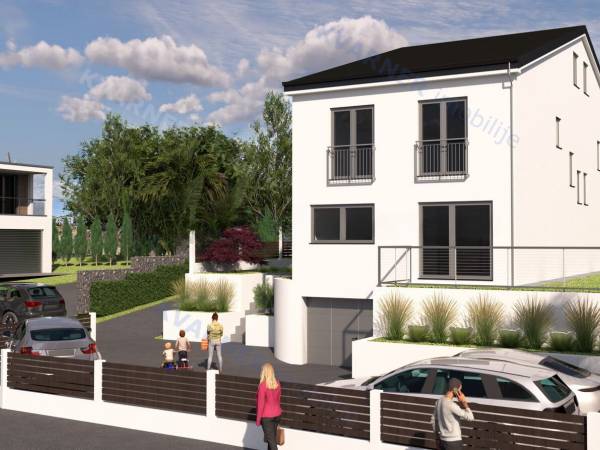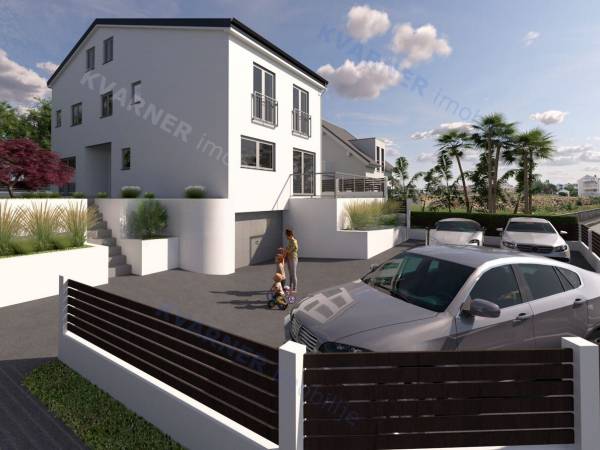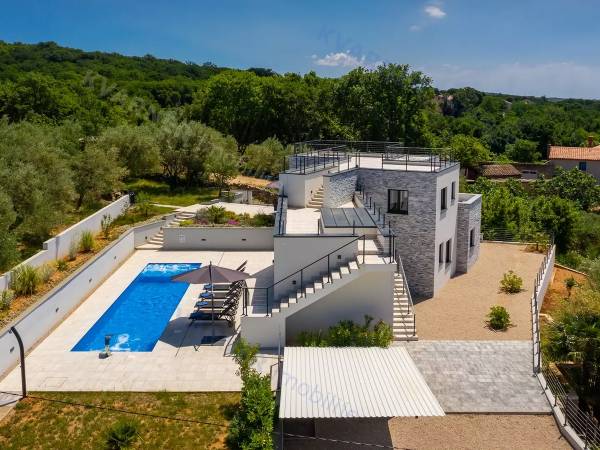THE ISLAND OF KRK is located in the Kvarner Bay and, along with the island of Cres, it is the largest island in the Adriatic.
The members of the Illyrian tribe of Japodi were the first inhabitants of the island. In the 4th century BC, they were thrust back by another Illyrian tribe - the Liburnians. They were seamen and shipbuilders who established connections with Greek tradesmen and utilised the fact that the island of Krk was on the Amber Road that spread from the Baltics to the Mediterranean. The name of the island dates back to that period. Its root comes from the Illyrian name Kurikum. When the Croats arrived, they shortened the name into Kark, Kerk and finally Krk.
The Roman leads can be traced back to the end of the antiquity and the first centuries of the new era. However, at the end of the 6th century, the Croats started populating the island and became the absolute majority population.
Christianity came early to the island of Krk, so it was in the 5th century AD that a diocese with a centre in the city of Krk was established. Its first known bishop was Andrija (680 AD). The Croats populated the castles of the island in clans and that is why the island now has four different dialects. At the end of the 12th century, the Frankopan Dukes of Krk emerged from these clans. It is the only family from the Adriatic islands that become as powerful as some European rulers - they originated from Vrbnik and they acquired possessions on the continent: in Trsat, Bakar, Kraljevica, Crikvenica, Novi Vinodolski, in Otočac, Brinje etc. At the height of their power, the Frankopans owned the territory equal to one half of the territory of today's Croatia. Some of the dukes from this family were also Croatian Viceroys or governors (Croatian: ban). The first famous Frankopan was Dujam I (1118), and the last was Fran Krsto whom the emperor and king Leopold of the Habsburg family executed in 1671. The island of Krk was the last island in the Adriatic to fall under the Venetian rule in 1480, when the duke Ivan Frankopan was tricked and taken into captivity by the Venetians. Following the demise of the Croatian Dukes of Frankopan in the 15th century, Krk had many different rulers - Venice, France, Austria-Hungary, Italy, Germany, Yugoslavia and finally, after 5 centuries, it once again became the integral part of Croatian territory.
The island of Krk today is a tourist island and tourism is the most important economic branch as well as the driving force of the island's development, which was initiated once the bridge that now connects the island of Krk with the mainland was built.
The island of Krk continued its development when Croatia became independent. Development was briefly interrupted during the Croatian War for Independence which ended in 1995 and after it ended, renovation of the previously built hotels and camps was initiated and new ones were built as a means of further tourist development of the island. In the last few years, significant funds have been invested into the development of the island's infrastructure and into the building of roads, water, sewerage and telecommunication systems etc.
The spread of urban zones enabled the building of condos, apartments, houses, weekend cottages, villas, stone houses and business facilities (hotels, restaurants etc.) with the aim of bettering the living standard of the domestic population and enriching the tourist accommodation offer, which can also enrich the tourist and the overall development of the island. The consequence is that there are around one hundred thousand people residing on the island at the height of the season; the domestic population and the so called "weekenders" and tourist included. Renovation of old stone houses in the island's centre was initiated recently in order to preserve the indigenous coastal house.
When Croatia enters the European Union, we can expect a large number of new inhabitants who will, due to pleasant weather conditions, clean air and sea, good traffic connections and other preconditions for quality of life, live on Krk most of the year.
In case of smart territory management, further bettering of the infrastructure quality, widening of the tourist offer and preservation of clean nature, air and sea, the island will have a remarkable perspective and the inhabitants of the island of Krk will be enabled the same level of quality of life that the inhabitants of the developed Europe have.
The island of Krk is today administratively divided between seven units of local self-government and government. These are the city of Krk and counties: Omišalj, Malinska - Dubašnica, Dobrinj, Vrbnik, Punat and Baška.
THE TOWN OF KRK
The town of Krk is the central and the largest settlement on the homonymous island and is also one of the oldest settlements on the island of Krk. Its location in the southern and the central part of the island makes it the ideal base for the tour of the whole island. As the developed tourist centre, it has all the necessary facilities for a pleasant holiday experience, in season as well as out of season (supermarkets, restaurants, post office, cafés, discotheque, port authority...). With its narrow streets, "worn out" flagstones and eternally lively squares and bars, the old part of Krk is remarkably beautiful. A waterfront ideal for evening walks or dinners in restaurants overlooking the sea spreads from the town centre. In the administrative sense, the following settlements are a part of the town of Krk: Krk, Kornić, Muraj, Lakmartin, Kosić, Salatić, Vrh, Skrpčić, Pinezić, Žgaljić, Linardić, Milohnić, Brzac, Poljica, Bajčić, Brusić, Nenadić.
The members of the Illyrian tribe of Japodi were the first inhabitants of the island. In the 4th century BC, they were thrust back by another Illyrian tribe - the Liburnians. They were seamen and shipbuilders who established connections with Greek tradesmen and utilised the fact that the island of Krk was on the Amber Road that spread from the Baltics to the Mediterranean. The name of the island dates back to that period. Its root comes from the Illyrian name Kurikum. When the Croats arrived, they shortened the name into Kark, Kerk and finally Krk.
The Roman leads can be traced back to the end of the antiquity and the first centuries of the new era. However, at the end of the 6th century, the Croats started populating the island and became the absolute majority population.
Christianity came early to the island of Krk, so it was in the 5th century AD that a diocese with a centre in the city of Krk was established. Its first known bishop was Andrija (680 AD). The Croats populated the castles of the island in clans and that is why the island now has four different dialects. At the end of the 12th century, the Frankopan Dukes of Krk emerged from these clans. It is the only family from the Adriatic islands that become as powerful as some European rulers - they originated from Vrbnik and they acquired possessions on the continent: in Trsat, Bakar, Kraljevica, Crikvenica, Novi Vinodolski, in Otočac, Brinje etc. At the height of their power, the Frankopans owned the territory equal to one half of the territory of today's Croatia. Some of the dukes from this family were also Croatian Viceroys or governors (Croatian: ban). The first famous Frankopan was Dujam I (1118), and the last was Fran Krsto whom the emperor and king Leopold of the Habsburg family executed in 1671. The island of Krk was the last island in the Adriatic to fall under the Venetian rule in 1480, when the duke Ivan Frankopan was tricked and taken into captivity by the Venetians. Following the demise of the Croatian Dukes of Frankopan in the 15th century, Krk had many different rulers - Venice, France, Austria-Hungary, Italy, Germany, Yugoslavia and finally, after 5 centuries, it once again became the integral part of Croatian territory.
The island of Krk today is a tourist island and tourism is the most important economic branch as well as the driving force of the island's development, which was initiated once the bridge that now connects the island of Krk with the mainland was built.
The island of Krk continued its development when Croatia became independent. Development was briefly interrupted during the Croatian War for Independence which ended in 1995 and after it ended, renovation of the previously built hotels and camps was initiated and new ones were built as a means of further tourist development of the island. In the last few years, significant funds have been invested into the development of the island's infrastructure and into the building of roads, water, sewerage and telecommunication systems etc.
The spread of urban zones enabled the building of condos, apartments, houses, weekend cottages, villas, stone houses and business facilities (hotels, restaurants etc.) with the aim of bettering the living standard of the domestic population and enriching the tourist accommodation offer, which can also enrich the tourist and the overall development of the island. The consequence is that there are around one hundred thousand people residing on the island at the height of the season; the domestic population and the so called "weekenders" and tourist included. Renovation of old stone houses in the island's centre was initiated recently in order to preserve the indigenous coastal house.
When Croatia enters the European Union, we can expect a large number of new inhabitants who will, due to pleasant weather conditions, clean air and sea, good traffic connections and other preconditions for quality of life, live on Krk most of the year.
In case of smart territory management, further bettering of the infrastructure quality, widening of the tourist offer and preservation of clean nature, air and sea, the island will have a remarkable perspective and the inhabitants of the island of Krk will be enabled the same level of quality of life that the inhabitants of the developed Europe have.
The island of Krk is today administratively divided between seven units of local self-government and government. These are the city of Krk and counties: Omišalj, Malinska - Dubašnica, Dobrinj, Vrbnik, Punat and Baška.
THE TOWN OF KRK
The town of Krk is the central and the largest settlement on the homonymous island and is also one of the oldest settlements on the island of Krk. Its location in the southern and the central part of the island makes it the ideal base for the tour of the whole island. As the developed tourist centre, it has all the necessary facilities for a pleasant holiday experience, in season as well as out of season (supermarkets, restaurants, post office, cafés, discotheque, port authority...). With its narrow streets, "worn out" flagstones and eternally lively squares and bars, the old part of Krk is remarkably beautiful. A waterfront ideal for evening walks or dinners in restaurants overlooking the sea spreads from the town centre. In the administrative sense, the following settlements are a part of the town of Krk: Krk, Kornić, Muraj, Lakmartin, Kosić, Salatić, Vrh, Skrpčić, Pinezić, Žgaljić, Linardić, Milohnić, Brzac, Poljica, Bajčić, Brusić, Nenadić.
Copyright © 2024. Kvarner Imobilije, All rights reserved
This website uses cookies and similar technologies to give you the very best user experience, including to personalise advertising and content. By clicking 'Accept', you accept all cookies.

